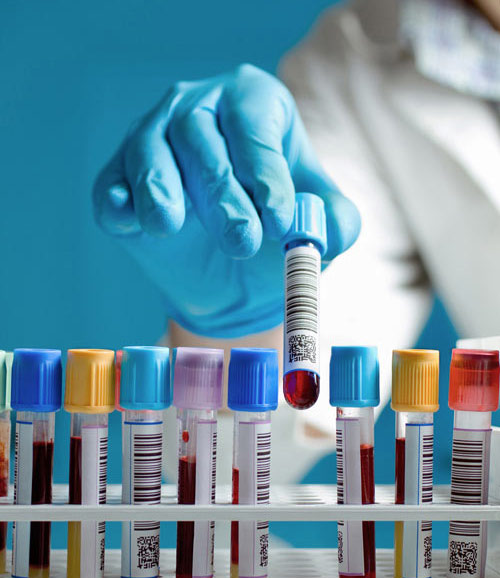
The cancer diagnostic landscape has evolved significantly since the first companion diagnostic was launched to detect overexpression of the HER2 gene in breast cancer and thus indicate whether a patient would be highly likely to respond to trastuzumab (Herceptin) treatment. Since then, and over the course of the last decade, companion diagnostics that focused on a single distinctive molecular marker for a specific cancer have been used to both inform the development of relevant therapeutic targets and determine whether individual patients would respond favorably to a therapeutic. The development of these diagnostics was the first step to unraveling the sticky question of why some patients showed great improvement when prescribed a cancer medication while others showed no response at all.
In the mid to late 2000s, cancer diagnostics moved to gene expression profiling. These tests don’t determine the likelihood of response to a particular drug, rather they stratify patients based on the likelihood their cancer will recur after initial treatment. The most successful diagnostics, Oncotype DX from Genomic Health and MammaPrint from Agendia, target breast cancer and are today used to help determine how aggressively to treat the cancer based on each patient’s risk.
For the rest of the story click here.











